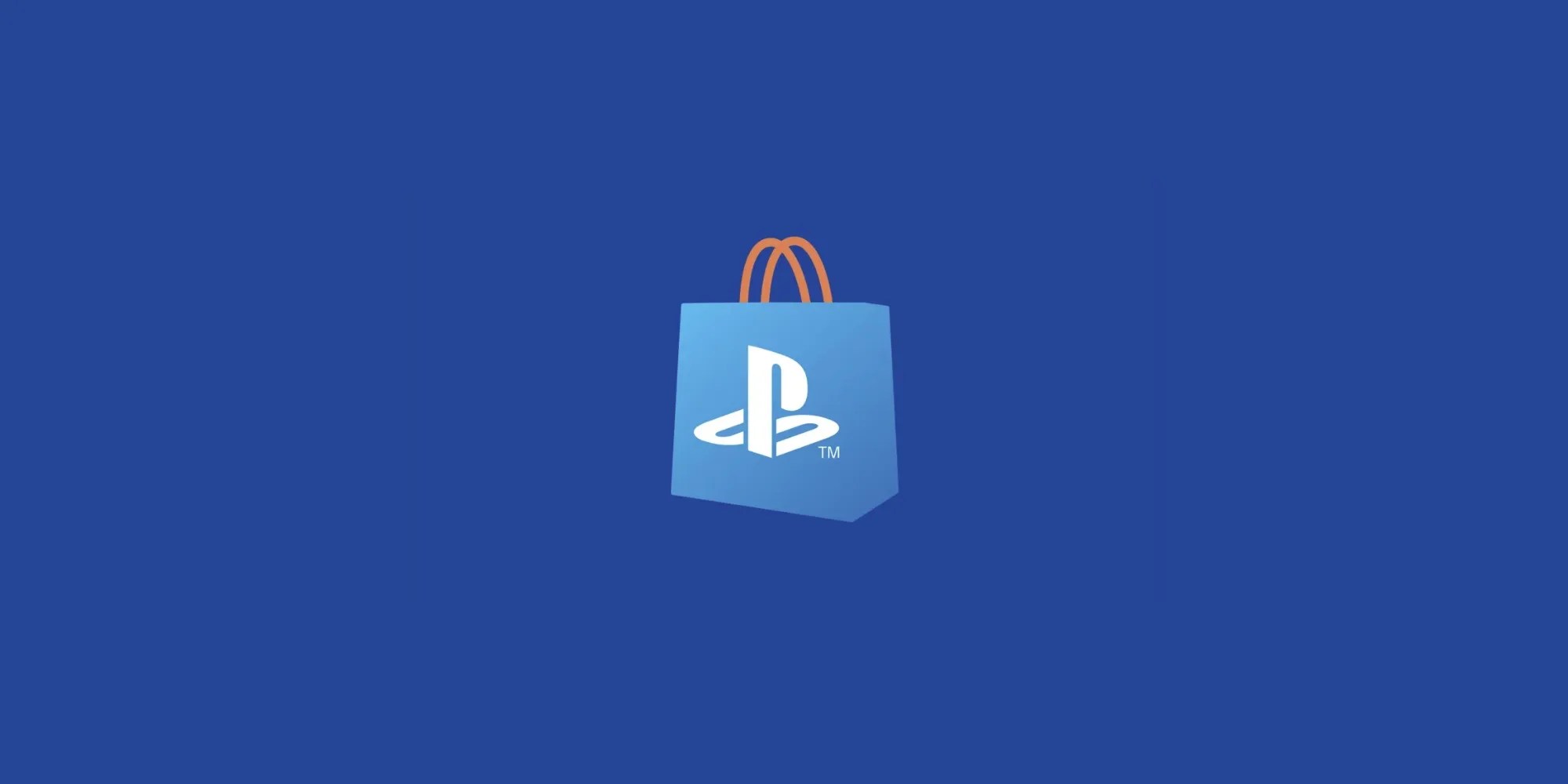
The PSP was an odd duck of a handheld console—high in power relative to its contemporaries, but not quite as overtly marketable, at least on its gaming merits alone. It was the kind of handheld that either hit you perfectly or missed you completely, depending on your particular taste in games and whether you cared about its mixed media features like music and movie storage.
While the PSP itself isn’t quite as noteworthy as other consoles released around the time, it did have its fair share of milestone games, and unlike a certain dual-screen console we could name, many of its games have managed to make the leap to modern platforms with ports and remasters.
Whether you play those ports/remasters, access the PSP library through PS Plus, or somehow chance into an actual PSP console with its weird proprietary game UMDs, I’d say these are the games you should play before the handheld fades into obscurity completely.
8 Lumines: Puzzle Fusion
The PSP’s Patron Puzzle
On just about every handheld game console that’s ever been released, one of the surefire tactics to get people interested is to have an exclusive puzzle game. Much like Tetris on the original Game Boy, people love having a little time-waster in their pocket that they can whip out whenever. For the PSP, that killer app puzzle game was Lumines: Puzzle Fusion.
Lumines is a block-dropping puzzle game, wherein chunks of blocks drop in from the top of the screen and gradually break up as they hit obstructions. The goal is to match four blocks in a 2×2 square of the same color, with the timeline sweeping across the grid, removing matching blocks and scoring you points. Blocks can have special abilities that extend to other, adjacent blocks, allowing you to set up hefty combos for big points.
Lumines’ big draw is its audiovisual experience, with various skins you can apply to the grid and blocks, and a kickin’ soundtrack backing it all up. It’s not Shakespeare, but it’s pretty addictive once you really get going. For an updated version, you can play Lumines Remastered on most modern platforms.
7 Patapon
Play That Funky Music
The PlayStation platforms were the place to be for rhythm-based games throughout the 2000s. If you wanted Parappa the Rapper or DDR, you played it on a PlayStation. The PSP was no exception to this, housing both ports of several PlayStation and PS2 rhythm games, and its own original rhythm offering, Patapon.
Patapon is a little difficult to categorize, but I guess you could call it a rhythm-based army simulator. You’re in command of a small troop of cute, tribal warriors, but they’ll only move if you issue input sequences to the beat of the backing track. One series of commands makes them move forward, another makes them attack enemies, and so on. It’s quite a juggling act, as you need to know which command you need to issue at a given moment while also staying on the beat.
Between missions, you also need to raise newer and better Patapons with stronger weaponry, as well as revive any who were killed in action. It’s not as involved as a full-blown RTS, but it’s definitely a little more cerebral than your average rhythm game. You can play both the original Patapon and its sequel via the Patapon 1+2 Replay remaster.
6 Mega Man Powered Up
There’s Still A Market For Mega Man Builder
I was a huge fan of the Mega Man series when I was a kid, which was kind of weird because I was absolutely awful at most of the classic games. This was one of the reasons I was so fond of Mega Man Powered Up on the PSP, because it was a fresh take on the original Mega Man with some more modern sensibilities for the platformer-challenged like myself.
Powered Up is a remake of the first Mega Man game, briefly touching on the origins of Dr. Wily’s evil schemes and Mega Man’s upgrade from a household helper to a fighting robot. The game features both modern and classic modes; the latter is more faithful to the original, with only the original Robot Masters and harder gameplay, while the former adds two new Robot Masters and tones things down a little.
Two things I loved about this game were that you could unlock every Robot Master as a playable character with their own story campaigns, and that it had its own surprisingly in-depth stage builder. Unfortunately, Powered Up hasn’t made the jump to modern platforms, so you’ll have to get a little craftier if you want to play it.
5 Daxter
Let The Little Guy Have His Due
The mid-2000s were a time of gaming experimentation, with established franchises going in new and interesting directions, particularly in games outside their typical platforms. One such example of this was Daxter, a PSP-exclusive spin-off of the Jak & Daxter series that focuses on the latter member of the PS2-born duo.
Daxter is an interquel game, taking place between Jak & Daxter and Jak 2, and showing what Daxter was up to while Jak was imprisoned and experimented upon. It’s a combat platformer, with Daxter using a variety of souped-up extermination equipment like an electrified flyswatter and a flamethrower to fight back against virulent pests.
Daxter is a mostly linear game with a bit of optional sidequest backtracking, kind of like some of the Crash Bandicoot games. Between your level missions, there’s a small hub world to explore, which gradually opens up as you unlock more tools and abilities. If you have any lingering affinity for the Jak series, I’d say it’s worth checking out. It hasn’t gotten a remaster, but you can play it via the PlayStation Plus Classics Catalog on PS4 and PS5.
4 Persona 3 Portable
Keep The FeMC Alive
I know what you’re going to say, so let me say it for you: “Why would I play the PSP version of Persona 3 when I can just play Persona 3 Reload?” Indeed, that’s a fair question.
Persona 3 Reload is definitely the nicest-looking, most user-friendly, and feature-rich version of the Persona 3 experience. But it’s not the original one, and I think the original one still deserves to be properly experienced. Of course, the original is trapped on the PS2 and has some… not-so-great design choices, so Persona 3 Portable is the next best thing.
Persona 3 Portable carried over the original Persona 3 mostly faithfully from the PS2 to the PSP, though it added some vital quality-of-life features, particularly the ability to issue direct commands to your party members. Yeah, you can’t walk around the map, but all the important story bits are there, plus that awesome combat system.
Persona 3 Portable is also the only game amongst 3, 4, and 5 that lets you play as a female protagonist. The FeMC, as people like to call her, has her own unique social links and calendar events that you can’t see with the male protagonist, which is why people were annoyed she wasn’t in Reload. You can play this version now on Steam, Xbox, and PlayStation.
3 Crisis Core: Final Fantasy VII
Who Was Zack, Really?
A focal point of the overarching story of Final Fantasy VII is everything that happened before Cloud became a SOLDIER, particularly the various clandestine experiments conducted by the Shinra Corporation. Both the original game and the Remake touch on this to various extents, but if you want a slightly clearer picture, you can play the PSP prequel, Crisis Core: Final Fantasy VII.
Crisis Core’s protagonist is Zack Fair, that spiky-haired guy who appears posthumously throughout Final Fantasy VII. The game takes place about seven years before the main game, setting up Zack’s relationship with Aerith, Sephiroth’s… whole deal, and various other plot points.
Combat is kind of like a prototypical version of Remake’s, using a real-time system supplemented by selectable commands like magic and items. There’s also a slot machine mechanic that governs both limit breaks and the leveling system. There’s a remastered version of this game, Crisis Core Reunion, available on current platforms.
2 Kingdom Hearts: Birth By Sleep
The Start Of The Timeline (Sort Of)
On the subject of prequels, as Kingdom Hearts was one of the PlayStation’s hot ticket IPs in the early 2000s, it was pretty much a given that there was going to be an entry on the PSP. That entry was Kingdom Hearts: Birth by Sleep, which serves as a timeline-establishing prequel to the original game, if not the entire Kingdom Hearts timeline. Don’t get us started on that.
Birth by Sleep has three separate stories, wherein you play as three Keyblade wielders: Terra, Aqua, and Ventus. They all visit the same worlds and have some occasional crossover, but for the most part, they have their own unique boss battles and stories to experience. The game also swaps out the original Kingdom Hearts basic action system with the Command Deck, letting you pick and choose skills and magic from a deck you set up yourself.
Admittedly, the PSP may not have been the best way to experience this game, as the load times were ridiculous unless you had a big SD card to install it on. Luckily, you can play it on modern platforms via Kingdom Hearts -HD 1.5+2.5 ReMIX-.
Lotta Prequels On This Thing…
Continuing the prequel talk even further, anyone who exclusively played the console Metal Gear Solid games may have been confused when Metal Gear Solid V immediately jumped to Big Boss in a hospital after having his offshore mercenary base blown the heck up. This is because, on the PSP, there were two interim games that bridged the gap between Metal Gear Solid 3 and V: Portable Ops and Peace Walker. Portable Ops is a little whatever, but you should definitely play Peace Walker.
The game follows Snake and Miller’s establishment of their private mercenary unit, Militaires Sans Frontières, and the subsequent investigation of occupying military forces stationed around Costa Rica. Peace Walker introduces several vital story characters, such as Huey Emmerich and Dr. Strangelove, both of whom are important players in the story of V.
Fitting its time of release, Peace Walker plays like a mix of Metal Gear Solid 4 and V, incorporating some of the stealth gameplay options from 4 while rolling out the Mother Base military-building element of V. It’s a little unwieldy playing on a PSP with only one analog stick, but they released an HD version that you can play on various current platforms if you don’t mind a little graphical scuff.
- Security Camera Installation – indoor/outdoor IP CCTV systems & video analytics
- Access Control Installation – key card, fob, biometric & cloud‑based door entry
- Business Security Systems – integrated alarms, surveillance & access control
- Structured Cabling Services – voice, data & fiber infrastructure for new or existing builds
- Video Monitoring Services – 24/7 remote surveillance and analytics monitoring
Author: 360 Technology Group
























